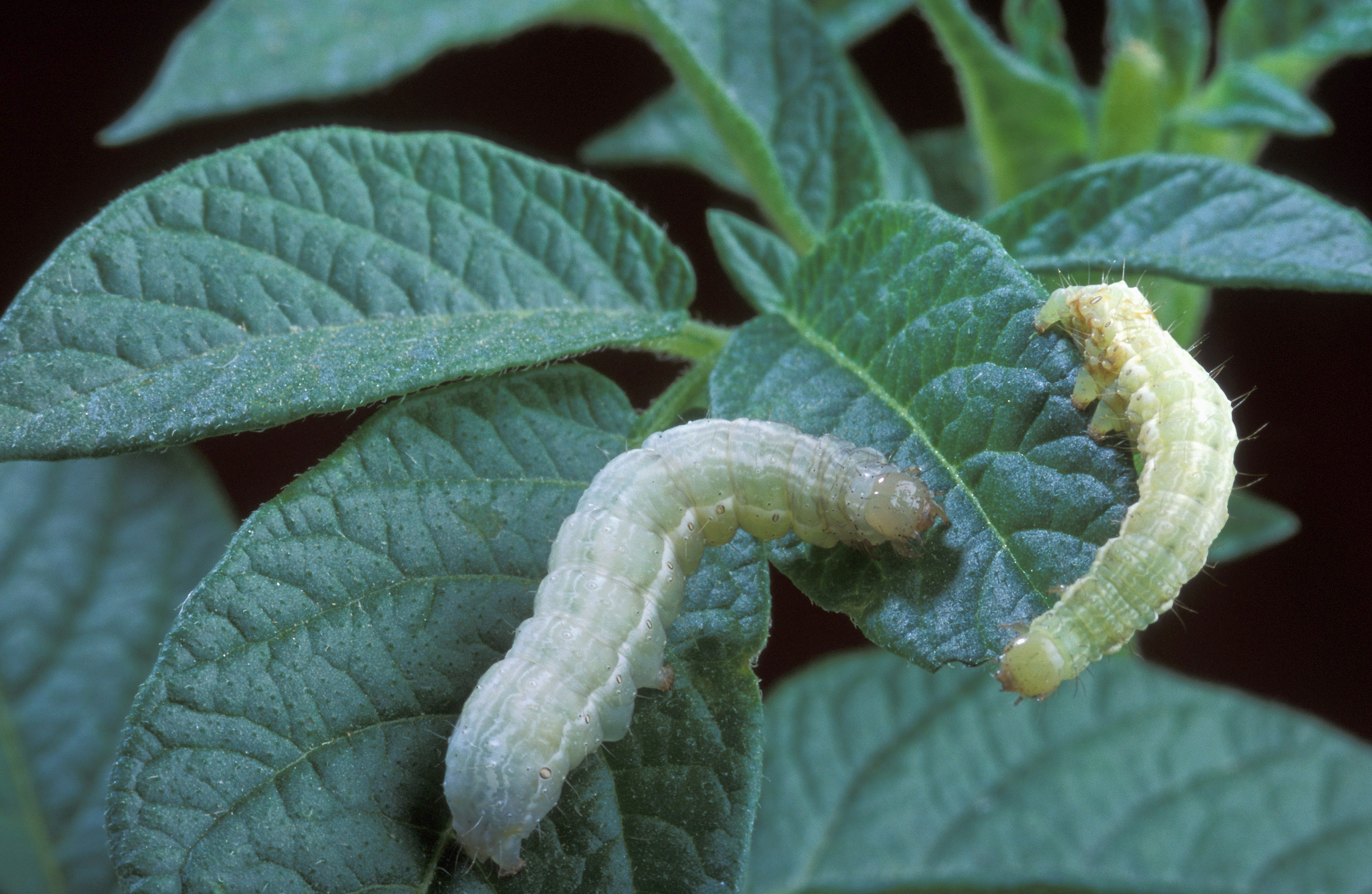It used to be that a problem for farmers in, say, Colorado would be of little concern to growers in distant locales like the Pacific Northwest. But as the world has gotten smaller, so too has the tendency of producers to ignore the challenges faced by their peers become an irresponsible stance.
Take, for instance, the Colorado potato beetle. Long a troublesome — and occasionally devastating — pest east of the Rockies, beetle populations have now become entrenched in the Columbia Basin. The milder temperatures in the region compared to most of Idaho’s potato-growing country has allowed a significant number of the insects to regularly overwinter, leading to a continually climbing population. In recent years, mild winters have led to increased numbers of volunteer potatoes popping up in rotational crop fields, providing potential homes for beetles that often go untreated.
“Idaho doesn’t have a huge Colorado potato beetle problem right now,” says Kirk Sager, a technical service manager for FMC. “But if we’re looking to the future, it’s a projection of when, not if, that problem is on the horizon. They’re going to show up in Idaho eventually, and the industry there needs to be prepared.”
Another pest growers are struggling with more and more is cabbage loopers — largely, Sager says, due to neonicotinoid pesticides’ apparently decreasing effectiveness on them. Loopers have also been appearing in potato crops earlier each year, leading to a higher potential of more generations throughout the year.
In the fight against both beetles and loopers, Sager is recommending growers begin scouting in their fields as early as possible, and adjusting the timing of their pesticide applications accordingly.
“It’s best to spray,” he says, “not when the initial adults move in, but timing for the egg hatch of the next generation. If you can catch the second half of egg hatch and still get the young beetles and the adults with one application, you stop population growth.
“For loopers,” Sager continues, “it’s all about scouting. The day after planting, you should start to look for them. There are a million ways to skin a cat, but mine is to treat the crop as soon as you see any moths or caterpillars in order to stop the next generation from coming in.”

Cabbage looper larvae on potato leaves. USDA-ARS photo by Peggy Greb
FMC’s recently registered Vantacor, Sager says, will be an important weapon in combating these pests. Vantacor is a diamide formulation that targets Lepidopteran pests and is powered by the company’s Rynaxypyr active ingredient, which has been on the market for several years. With a low use rate, Vantacor targets key insect pests like Colorado potato beetle and cabbage looper, as well as armyworm and grasshoppers. Vantacor offers the same pest spectrum and activity as FMC’s well-known Prevathon product, but with a much lower use rate, typically 0.7 to 2.0 fluid ounces per acre compared to 14 to 20 fluid ounces per acre. It also offers extended residual control, reducing the need for multiple applications each season.
“One of the best things about Vantacor is its long residual control of both beetles and loopers at any stage of their life cycle,” says Sager. “The insects feed, they immediately stop eating, and they starve to death in three to five days. This mode of action is very safe for people, birds and beneficial insects. If a grower wants to stop a program for any reason, using Vantacor prior to that offers great safety.”
Though the product is just as effective against these key pests at any stage of their life cycle, Sager stresses the importance of timing in order to increase growers’ return on investment.
“You want your crop treated early, but not too early,” he says. “It’s as effective on the adults as it is on the larvae. But you don’t want to spray the adults and then have one that has bred off-site come in later and lay eggs in your potatoes. If you spray on the egg hatch, you catch the maximum number of adults as well as control the young.”
For more information about Vantacor or other FMC products, contact a local crop protection retailer or FMC representative, or visit vantacor.ag.fmc.com.